For decades, Mr. Trieu Tien Kim's family in Phuong Coong village, Chieng Ken commune, Lao Cai province has been the household with the largest organic cinnamon growing area in the commune with more than 10 hectares. Just from pruning and selling leaves alone, each year they earn hundreds of millions of dong. In just a few years, when the cinnamon forest harvest season comes, having billions in hand is not a far-fetched thing for Mr. Kim's family.
Mr. Kim said: “When the local government popularized the organic cinnamon growing model, I found it reasonable so I followed suit. Currently, my entire cinnamon forest does not use toxic pesticides or herbicides, but mainly slash-and-burn and weed in the traditional way.”
The advantage of growing cinnamon in general and organic cinnamon in particular is that every year the cinnamon forest still produces a harvest from selling leaves, so cinnamon-growing households have additional income to compensate for better care and development of their family's cinnamon forest, said Mr. Kim.
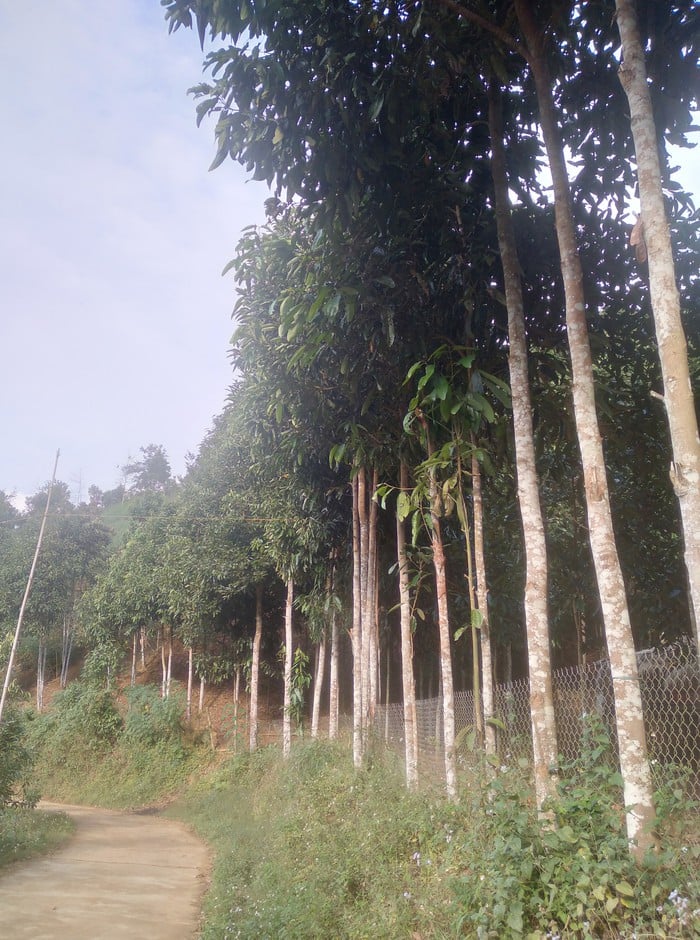
Organic cinnamon forest of Mr. Trieu Tien Kim's family, Phuong Coong village, Chieng Ken commune, Lao Cai province
The family of Mrs. Trieu Thi Tach, in Khe Mu village, Bao Thang commune, has 7 hectares of cinnamon trees that are 5 years old. Thanks to the application of organic farming methods, Mrs. Tach's family does not have to spend money on pesticides. Every year, her family earns nearly 100 million VND from selling cinnamon leaves. This money is used to cover family living expenses and to reinvest in taking care of the family's cinnamon forest.
Currently, in Khe Mu village, not only Mrs. Tach's family has developed the organic cinnamon growing model, but many other families have also implemented cinnamon growing using this method. They share with each other their experiences in growing and caring for cinnamon. When it is time to weed, prune leaves, and trim branches, families switch to work for each other, and after finishing one house, they move to another. This also helps the solidarity of the villagers become increasingly close.
Every year, the Lao Cai Provincial Agricultural Extension and Agricultural Services Center regularly organizes training courses on organic cinnamon growing techniques for local people. This activity is part of the Central Agricultural Extension Project for the period 2024 - 2026 on "Building an organic cinnamon growing model in some northern mountainous provinces".
People participating in the training courses were shared the development orientation of the cinnamon industry; analyzed market opportunities and challenges; instructed on planting techniques, care, pest control and how to keep a production diary according to organic agriculture standards (TCVN 11041-1:2017 and TCVN 11041-2:2017).
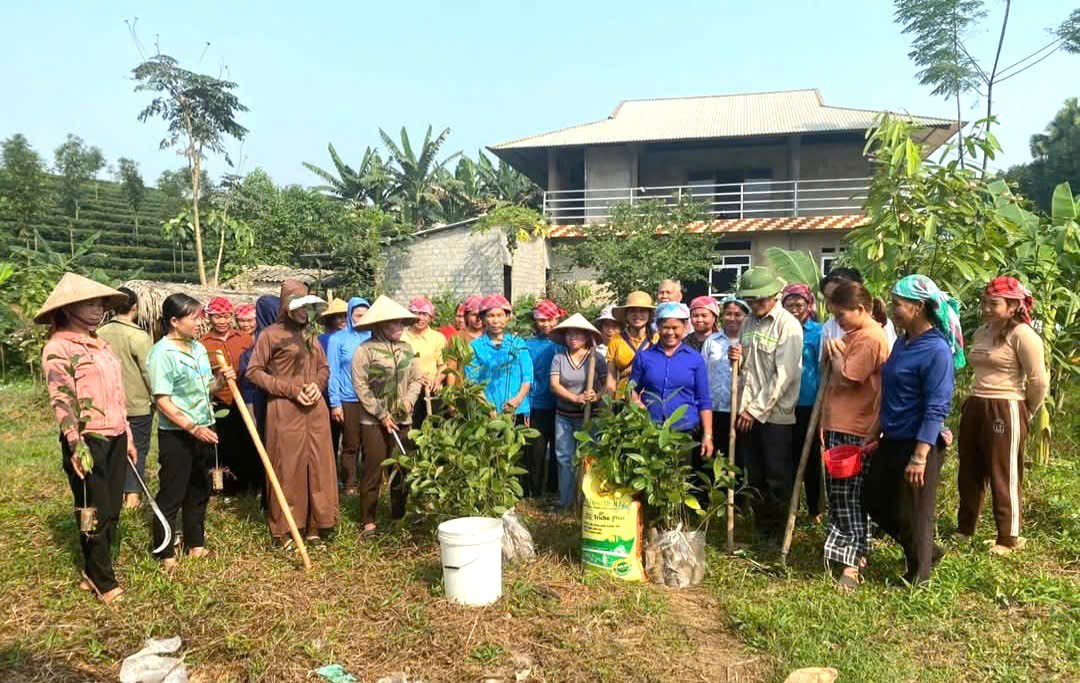
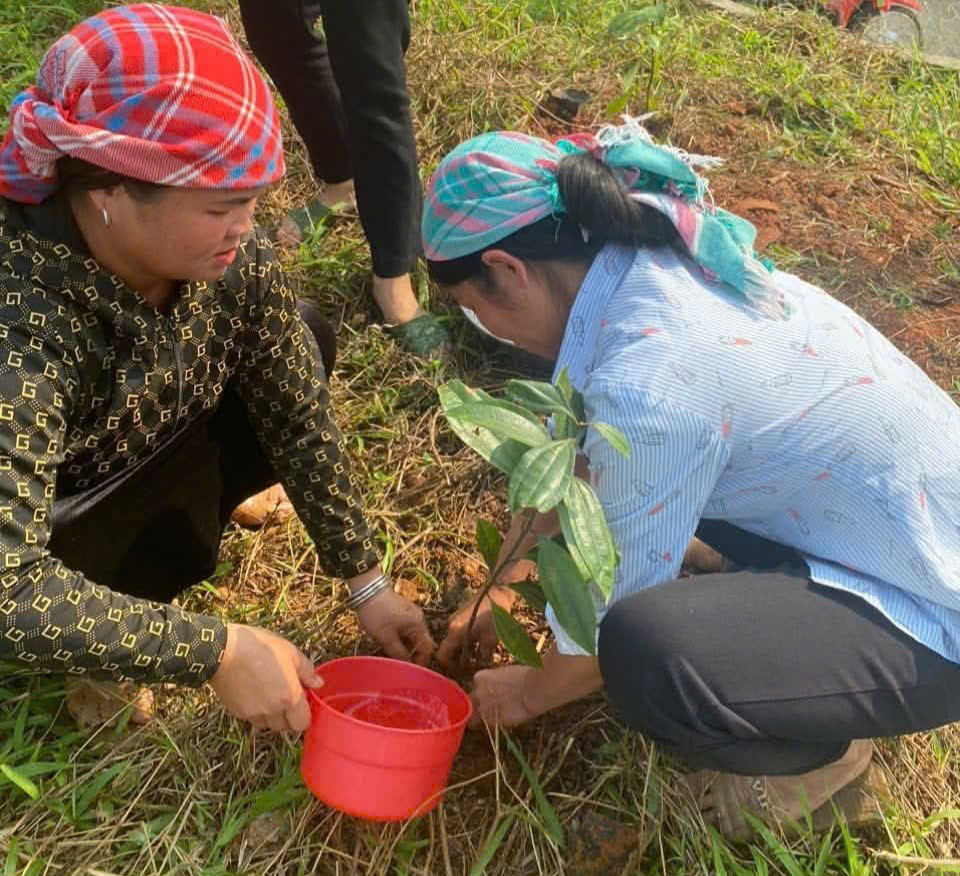
Training on organic cinnamon planting at the site in Bao Thang commune, Lao Cai
Ms. Dang Thi Trang, in An Tra village, Bao Thang commune, said: “Organic cinnamon growing training courses are very useful. The cadres go to the locality to train right at the cinnamon plantation, so the participants can practice planting and caring for cinnamon. Anyone who does not understand anything will be answered in detail until they understand. We are all very happy to participate in these training courses. Sometimes the training courses take place in other communes, but when the women hear about it, they still go there to ask to join the training, to gain better skills and experience in planting and caring for organic cinnamon.”
In addition to theory, students also practice at an organic cinnamon growing model to master the production process from soil preparation, planting seedlings, fertilizing to cinnamon harvesting.
Training programs not only help people master organic cinnamon production techniques, increase productivity, quality and value of cinnamon products, but also contribute to promoting the development of cinnamon growing areas, giving people the opportunity to escape poverty sustainably.
According to statistics, the whole province currently has over 143,000 hectares of cinnamon, bringing in a value of about 2,500 billion VND per year. Of which, over 23,700 hectares have been certified organic. The selling price of organic cinnamon bark is 15 - 30% higher than that of regular cinnamon bark.
Source: https://phunuvietnam.vn/lao-cai-hieu-qua-tu-mo-hinh-trong-que-huu-co-20250817114852954.htm




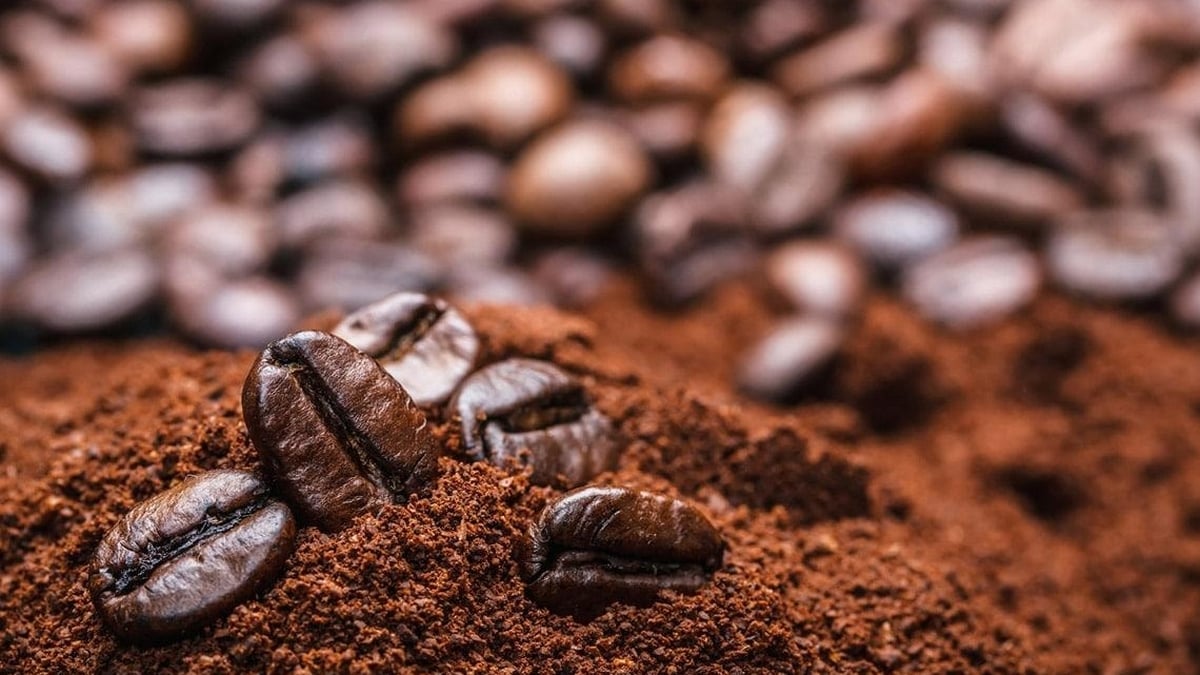
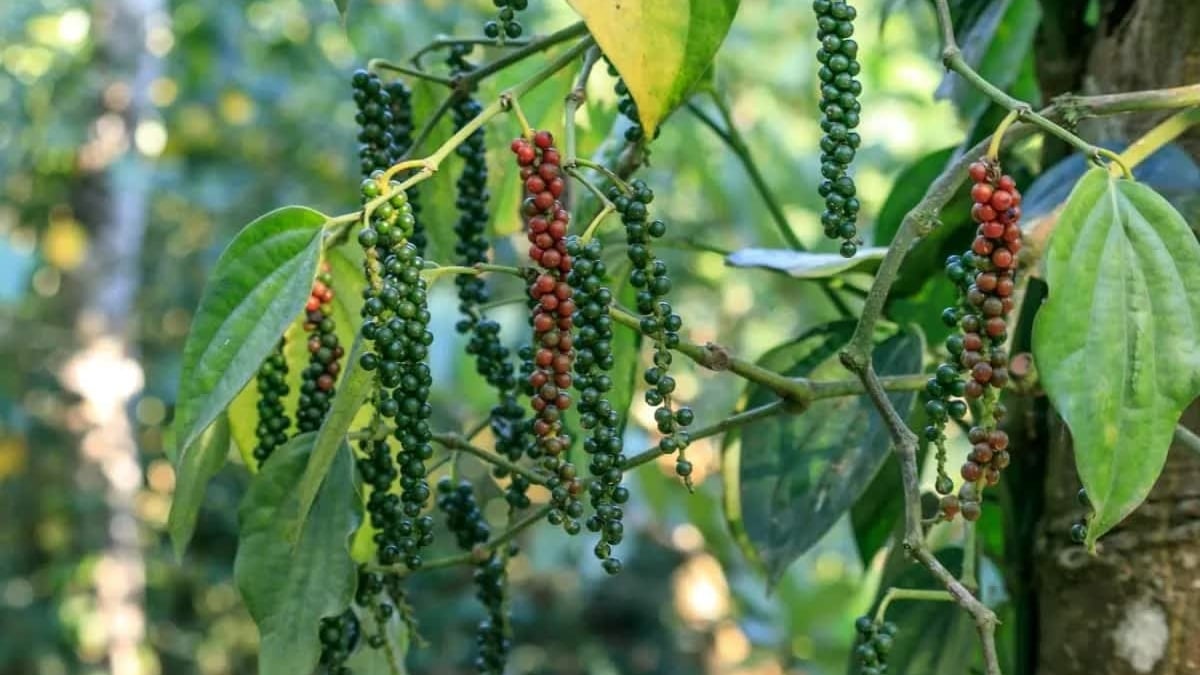


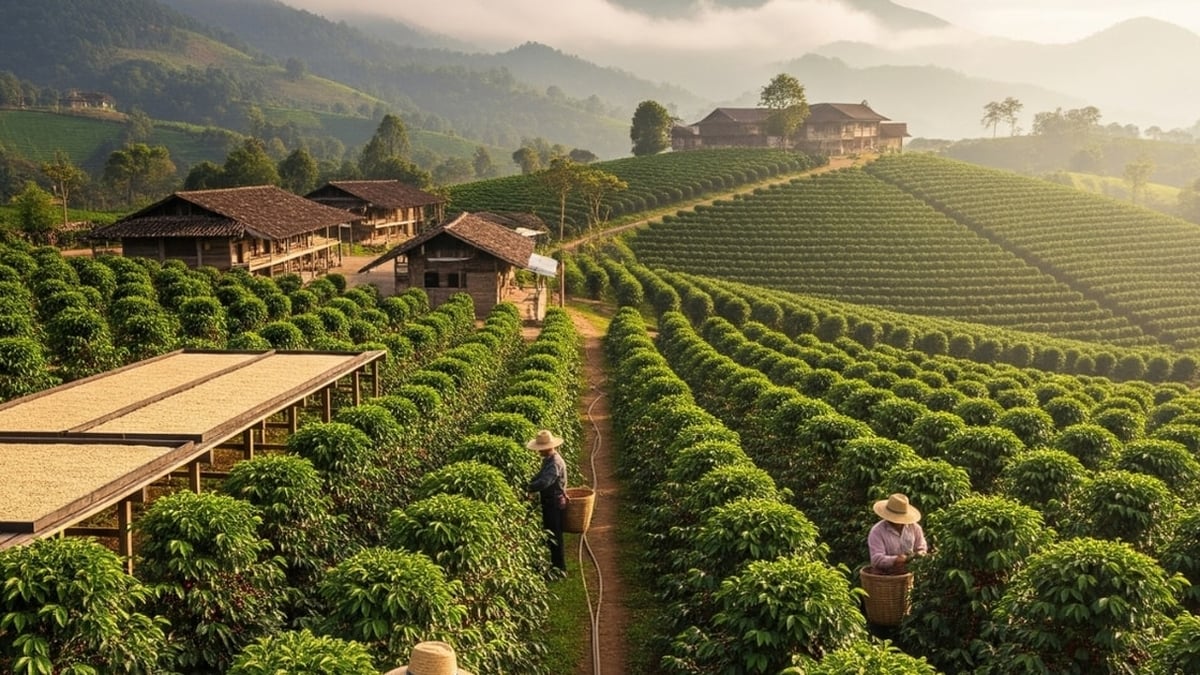

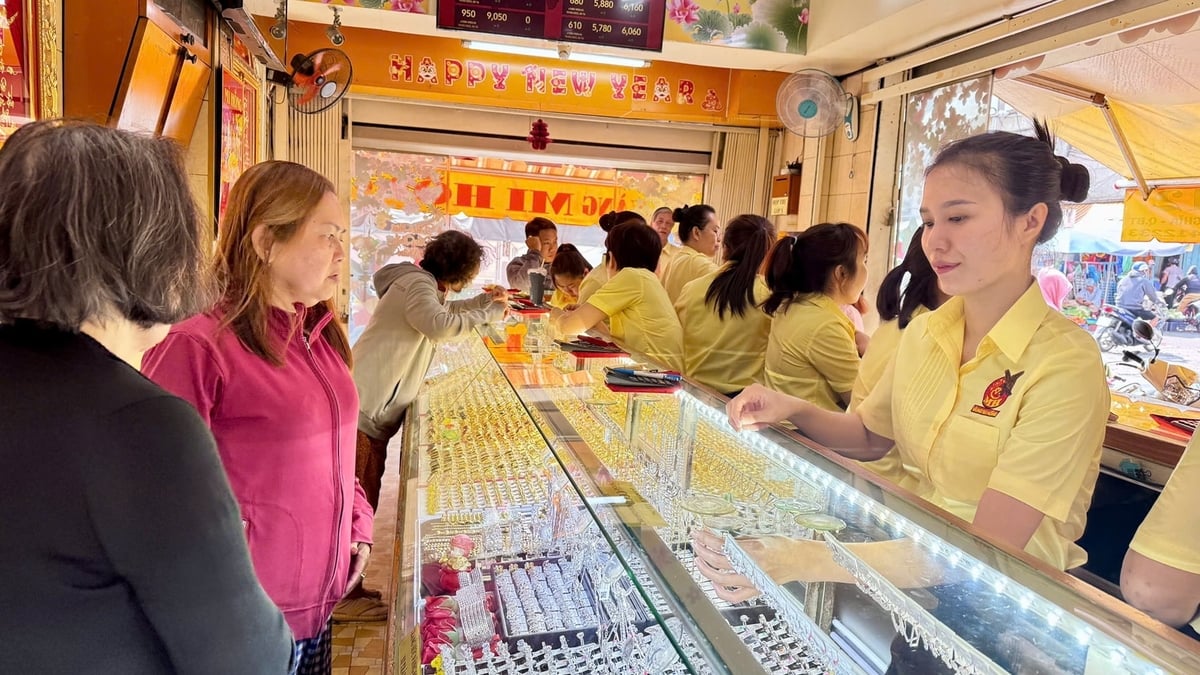
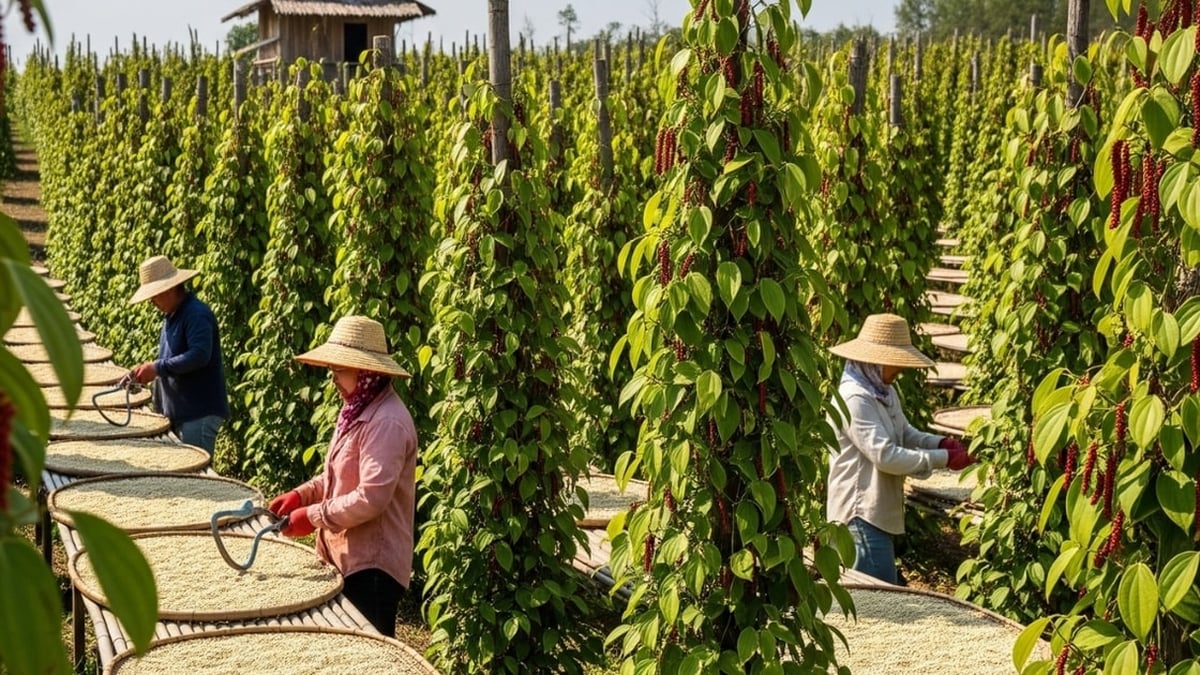










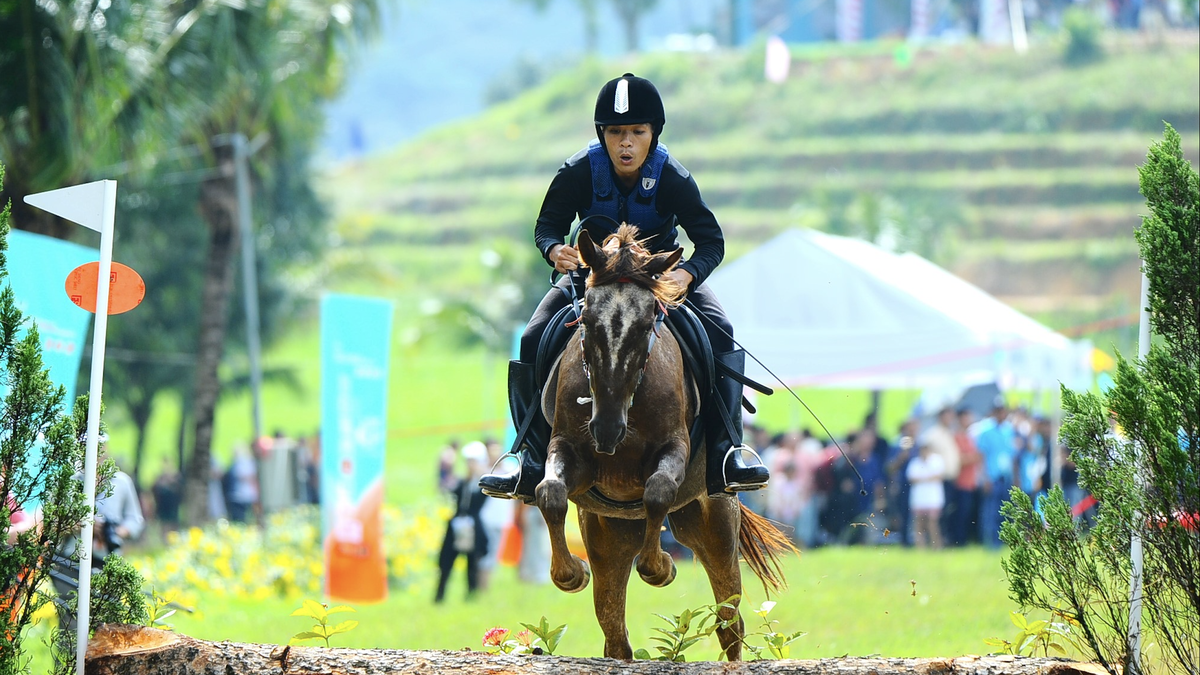







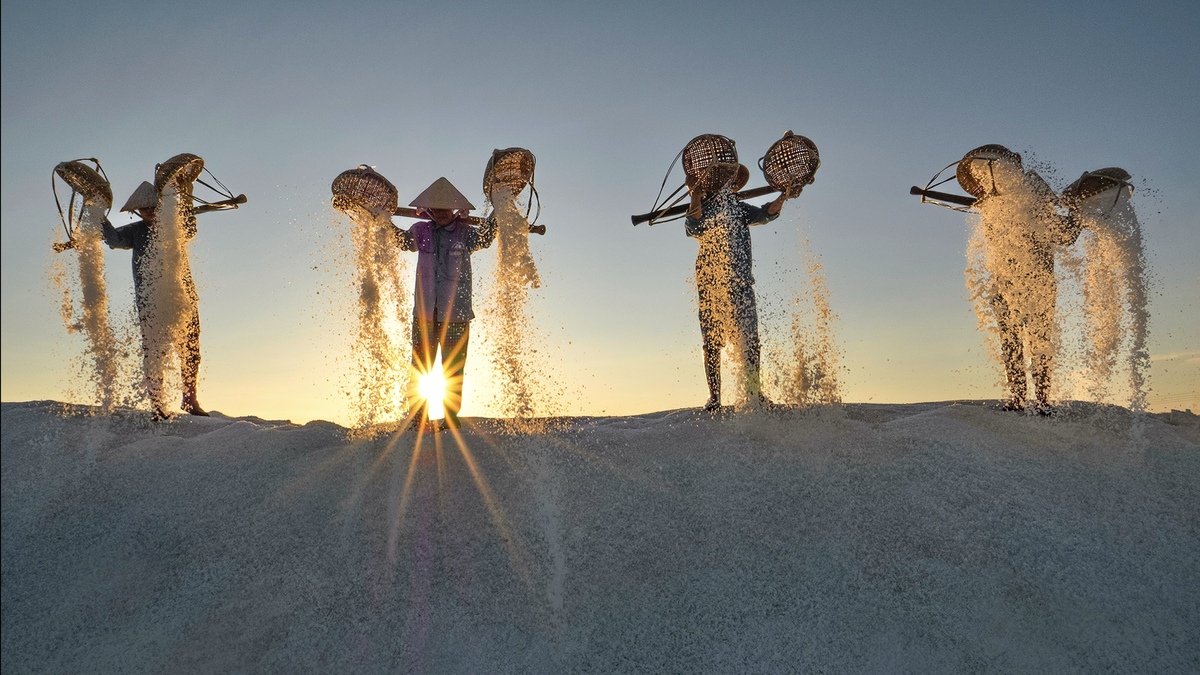

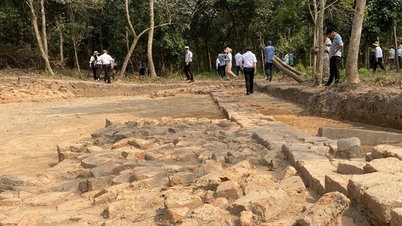



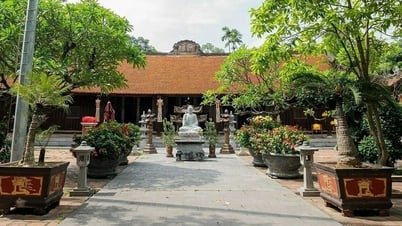

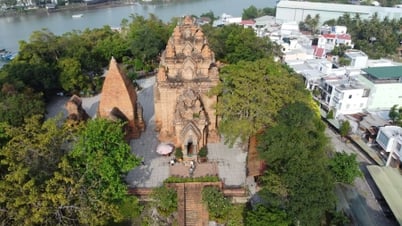
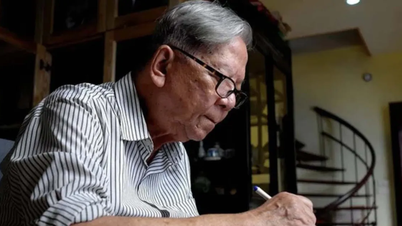





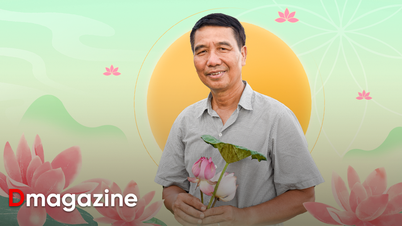

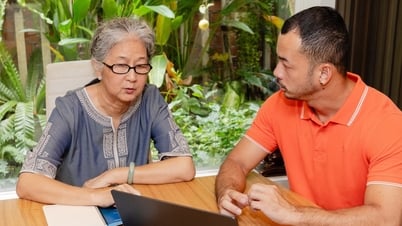


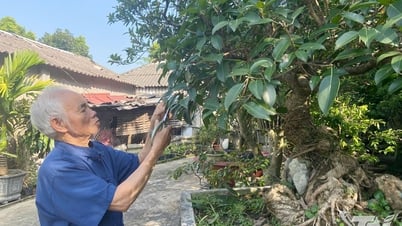







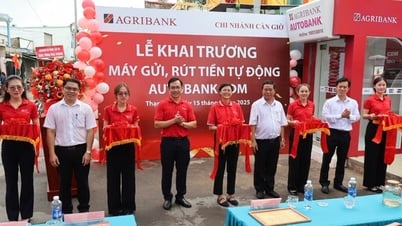


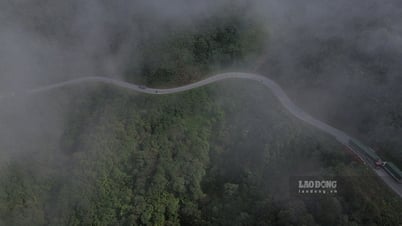


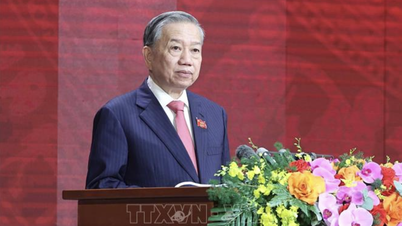



![[Photo] Party and State leaders visit President Ho Chi Minh's Mausoleum and offer incense to commemorate Heroes and Martyrs](https://vphoto.vietnam.vn/thumb/402x226/vietnam/resource/IMAGE/2025/8/17/ca4f4b61522f4945b3715b12ee1ac46c)
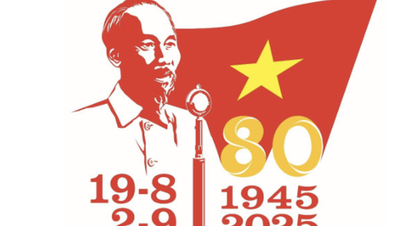




























Comment (0)